When Meta first showcased Hyperscape at Connect this year, it felt like a tantalizing glimpse into VR's photorealistic future—impressive, sure, but limited to solo exploration of pre-scanned spaces. The missing piece? Social connection—something that's now been solved in a surprisingly elegant way.
Meta's latest multiplayer update has transformed Hyperscape from a tech demo into something genuinely compelling—a platform where up to eight people can gather in stunningly realistic virtual environments, according to Android Central. What makes this particularly exciting is the accessibility angle. You might be wondering if everyone needs a Quest headset to join these virtual hangouts—they don't. TechBuzz reports that participants can jump in through the Meta Horizon mobile app on their smartphones, effectively demolishing the hardware barrier that's kept social VR experiences locked behind expensive headsets.
How Hyperscape's multiplayer magic actually works
The technical achievement here is more elegant than you might expect. Hyperscape environments start with Quest headset sensors scanning real-world locations, converting physical spaces into ultra-realistic virtual replicas, as detailed by Android Central. Meta has successfully integrated these photorealistic captures into their Horizon Worlds Engine, creating seamless cross-platform sharing that actually works.
The real breakthrough lies in how Meta solved the computational challenges of multiplayer photorealistic VR. The company has moved rendering processes on-device while adding spatial audio capabilities, according to TechBuzz. But the magic comes from their combination of Gaussian Splatting technology with cloud streaming—internally called "Avalanche"—which delivers high-fidelity experiences that would be impossible on standalone headsets alone, UploadVR explains.
This hybrid approach explains why the sharing mechanism feels so effortless. Users generate shareable links to their scanned environments, and friends can join regardless of whether they're using Quest headsets or smartphones, TechBuzz notes. The cloud-based heavy lifting combined with on-device processing creates that "just works" experience without overwhelming local hardware.
Creating your own photorealistic worlds
Understanding this technical foundation helps explain why the capture process is designed the way it is—Meta needed a workflow that could gather enough data for both local rendering and cloud reconstruction. Creating a Hyperscape environment involves three distinct phases, each guided by visual indicators and instructional videos that walk you through every step, SkarredGhost reports.
The initial scanning phase is refreshingly simple—you pan your head around the space for about 30 seconds to create a foundational 3D mesh, UploadVR details. This gives the system a rough understanding of your room's layout and boundaries, establishing the spatial framework that makes multiplayer navigation possible.
The detailed capture phase is where things get more involved (and frankly, a bit tedious). You'll need to walk throughout your space, bringing the headset close to surfaces to capture fine details—a process that typically requires 5-10 minutes depending on how complex your room is, according to UploadVR. This granular data collection is what enables the photorealistic quality that makes shared environments feel genuinely convincing rather than merely functional.
Once you've named and described your scanned space, the upload process takes around 10 minutes. Then comes the waiting game—Meta's cloud-based reconstruction requires anywhere from 1-8 hours depending on how complex your environment is, SkarredGhost notes. It's not instant gratification, but the results justify the patience required.
The fidelity of these resulting environments has genuinely surprised people who've tried them. Pre-scanned demonstration spaces—including artist studios and Meta conference rooms—display realistic lighting and artifact-free rendering from multiple viewing angles, Mixed News reports. The level of detail and object density creates convincing virtual replicas that maintain their realism even when multiple users are exploring simultaneously.
Why this matters for VR's social future
These technical breakthroughs enable something VR has struggled with since its modern inception—genuinely inclusive social experiences. The multiplayer expansion directly addresses VR's most persistent challenge: the social isolation that comes with single-user experiences. Meta specifically suggests using Hyperscape to connect with distant family and friends during holidays, essentially transforming physical separation into shared virtual presence, Android Central reports.
The strategic timing isn't coincidental either. This rollout aligns with holiday shopping season when VR headset sales traditionally peak, according to TechBuzz. Meta is betting that the ability to share photorealistic spaces with friends and family will drive both headset sales and platform engagement, but more importantly, it demonstrates a value proposition beyond gaming and entertainment.
The cross-platform accessibility fundamentally changes VR's adoption equation. By enabling smartphone users to participate alongside VR headset owners, Hyperscape eliminates what has historically been VR's biggest barrier to social adoption—the requirement that everyone own expensive hardware. Anyone can download the Meta Horizon app from Google Play Store or Apple App Store to join these photorealistic environments, Android Central confirms.
Meta's roadmap suggests this is just the beginning. They're planning to support more than eight concurrent users in future updates, though they haven't announced a specific timeline, TechBuzz notes. This expansion path indicates Meta views Hyperscape as foundational technology for broader metaverse ambitions rather than just a standalone social feature.
What comes next for photorealistic social VR?
The current technical limitations point toward even more ambitious possibilities. Meta has hinted at enabling smartphone-based room scanning and sharing capabilities, potentially democratizing high-quality VR content creation beyond Quest headset owners, Mixed News reports. This evolution would address the remaining barrier to content creation—currently, you need a Quest to scan spaces, even though anyone can visit them.
The implications extend well beyond casual social hangouts. Imagine real estate virtual tours where potential buyers and agents can meet inside properties regardless of their physical location, or remote collaboration environments where team members can gather in photorealistic conference rooms without travel. The technical foundation Meta has established makes these applications increasingly feasible.
What's particularly compelling is how this feels like a natural evolution of existing social behaviors rather than a forced technological leap. People already share photos and videos of their spaces—Hyperscape just takes that impulse and makes it three-dimensional and collaborative. By proving that photorealistic environments can support multiple users across different devices, Meta has created a blueprint for social VR that finally delivers on the medium's long-promised potential.
As Mark Zuckerberg noted, "It's pretty wild, and we're planning on just adding more and more over time." As Meta continues refining this technology, we're witnessing the early stages of truly inclusive virtual social experiences—ones that prioritize human connection over technological barriers, making VR social interaction feel as natural as sending a link to a friend.






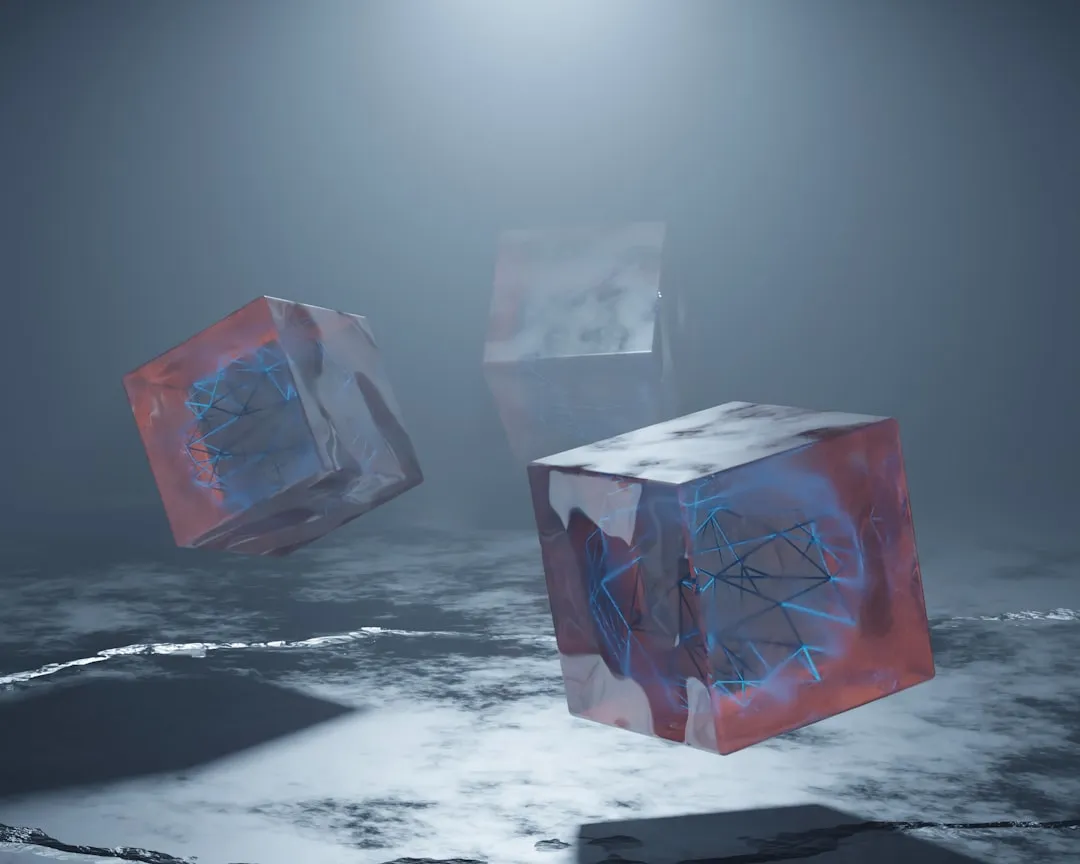

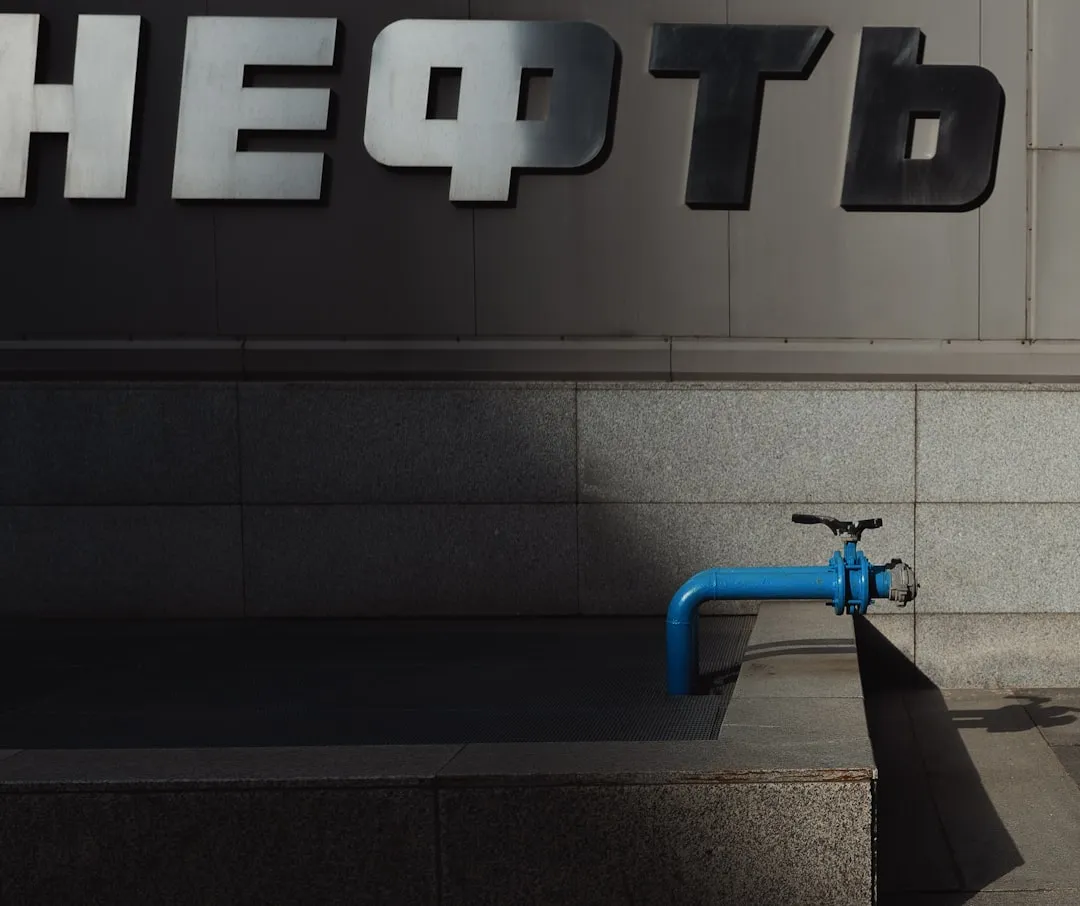




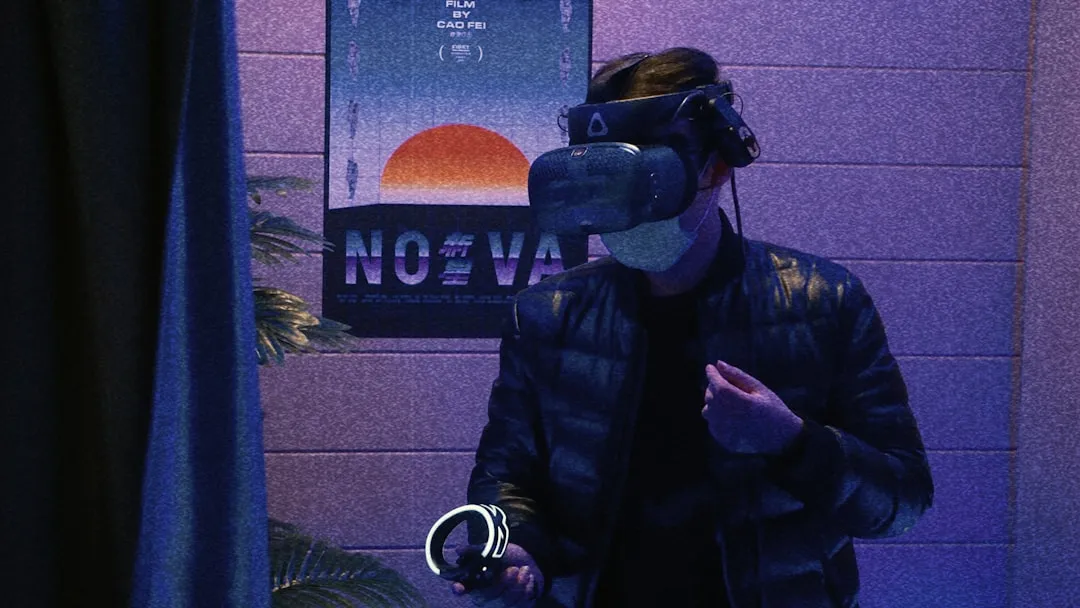
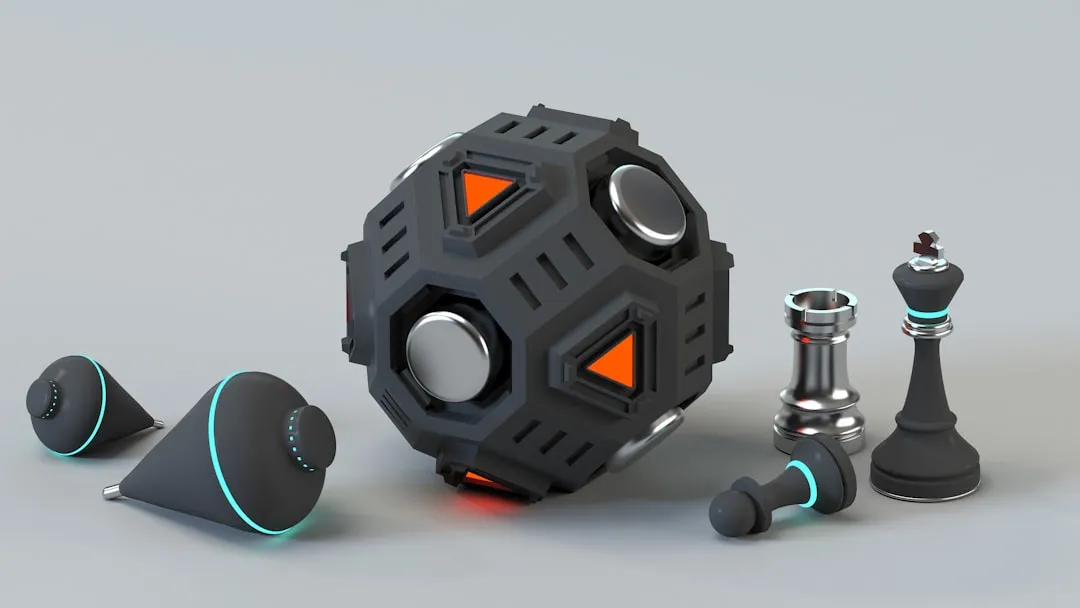
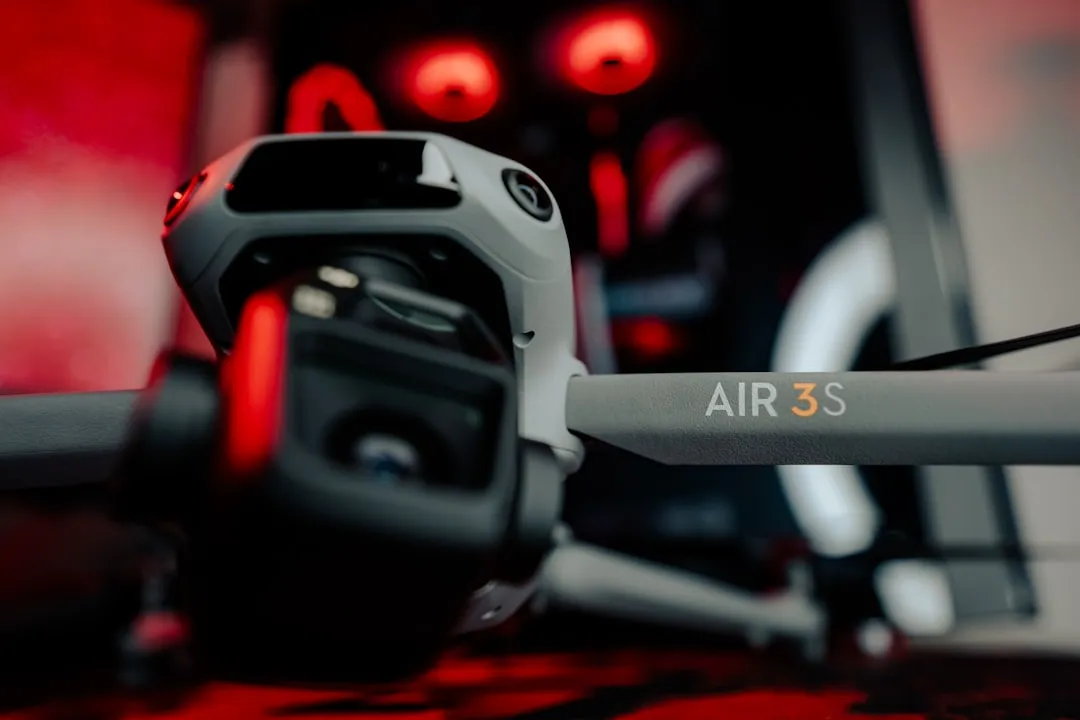

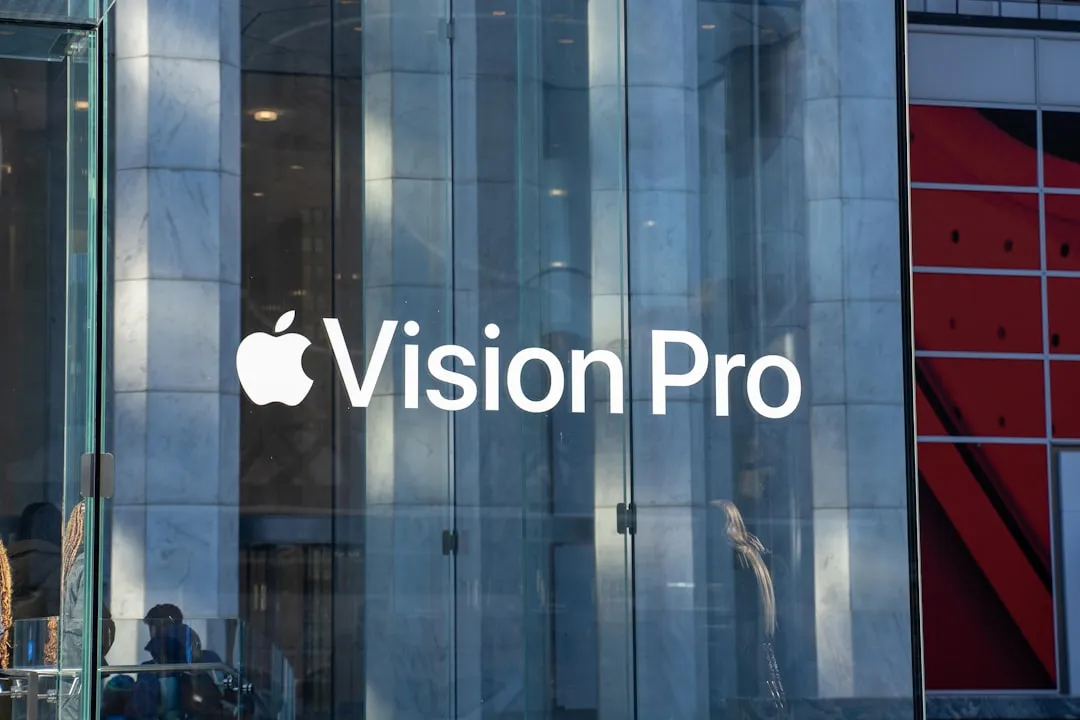




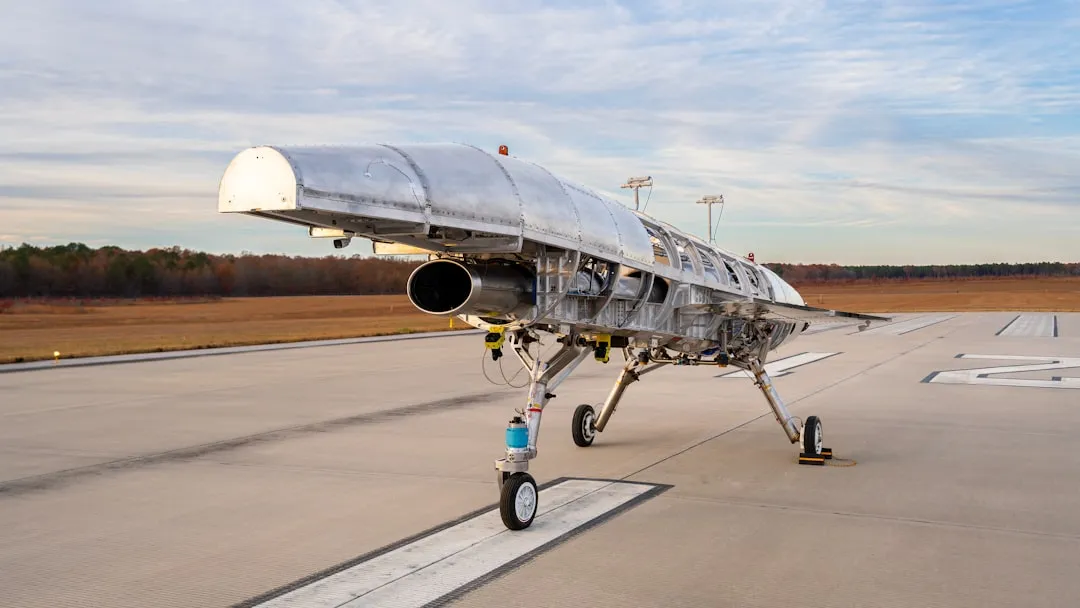
Comments
Be the first, drop a comment!